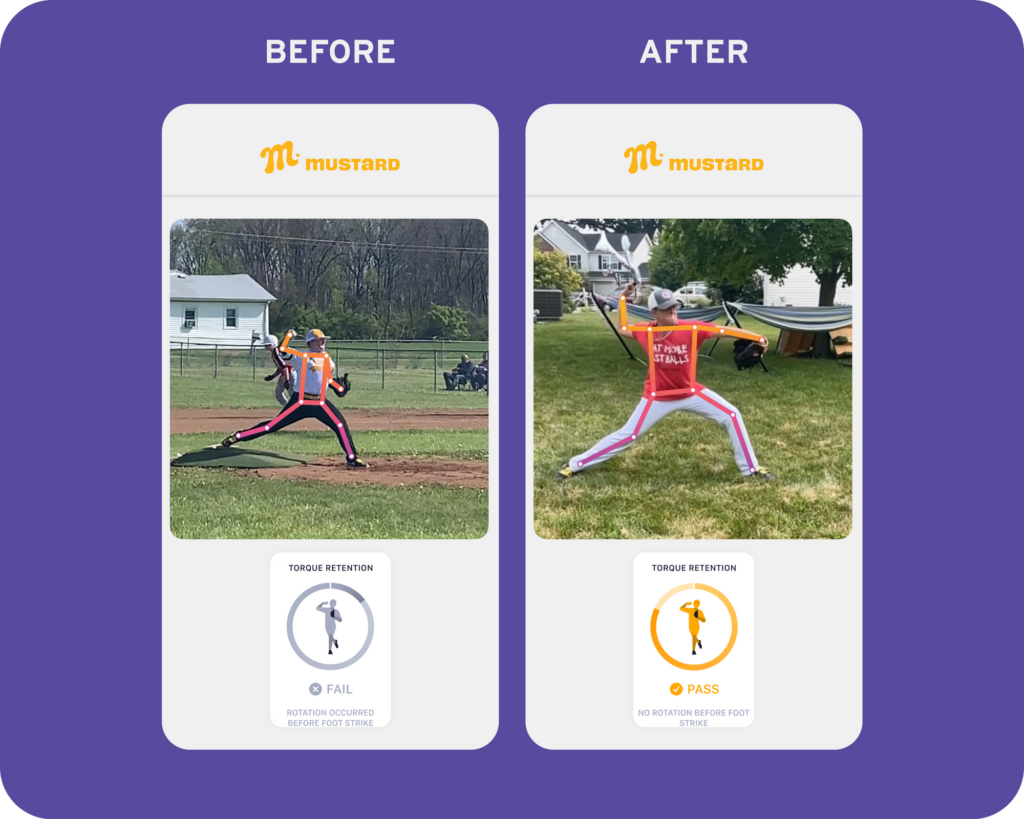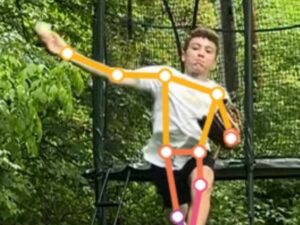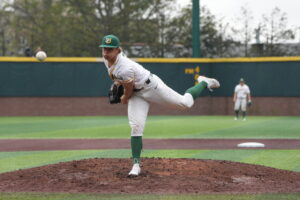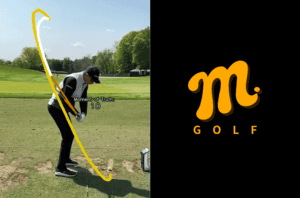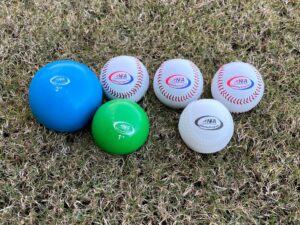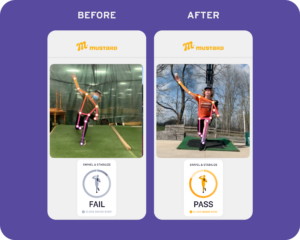By Tom House, PhD, with Lindsay Berra
Whether you call it torque retention, delayed shoulder rotation or hip and shoulder separation or disassociation, the ability to store torque in the pitching delivery is responsible for up to 80% of velocity.
What is torque?
In the mechanics world, torque is a twisting force that causes rotation. When I explain it to kids, I say that torque is a measure of stored energy, and they usually look at me like I have spinach in my teeth. That’s when I bring out the rubber band analogy. If you hold the propeller of a model airplane and wind up the rubber band attached to the propeller, then throw the airplane and let go of the propeller at the same time, the stored energy in the rubber band makes the propeller move and the plane flies through the air. That visual seems to get through to everyone. In the pitching delivery, your body is the rubber band.
What is torque retention?
Torque retention is defined as delaying rotation of your back shoulder towards the target for as long as possible; the back shoulder should not start rotating to the target until the front foot hits the ground and your center of gravity – think belly button – has moved forward, ideally to at least 80% of stride length. This helps you create hip and shoulder separation and store the torque you have generated with your hips and shoulders instead of allowing that energy to leak out too early.
Hip Shoulder separation week continues. This time with baseball and Tom House PhD explaining why Aroldis Chapman fires it in at 106mph. Brilliant! #HSseparation https://t.co/cPTsqtdByd pic.twitter.com/JRZTnRDIWo
— UPF (@UPF160) March 7, 2018
Retaining Torque Allows You to “Throw Hard Easy”
You don’t throw with your arm, you throw with your whole body. The kids who have learned to throw with just their arms never have torque. When you have torque, you don’t feel like your arm is involved. Rather, it’s just along for the ride; Nolan Ryan used to explain this by saying, “I want to throw hard, easy.” The greater the hips and shoulder separation – which is the winding of the rubber band – and the longer you can hang onto that torque, the harder you will throw easily. When you do finally let the back shoulder kick in to deliver the arm, which releases that stored energy, the energy explodes into the arm and then into the baseball. If you begin throwing – that is, moving that back shoulder – before the front foot hits the ground, you are not taking full advantage of torque.
How Do You Retain Torque?
To retain torque, you need as much hip and shoulder separation as possible, which increases the capacity for torque. To get that, you train mechanics. You can still throw hard if you don’t have mechanical efficiency and good torque retention, but what you lack in efficiency, you’ll have to make up for by manufacturing velocity with strength. And the body just can’t do that indefinitely with large pitch totals; you will eventually break. As we mentioned, the back shoulder shouldn’t kick in until the front foot is down and your center of gravity has gotten to 80% of stride length. Then, the shoulders and torque release and deliver you to stack and track, which we will discuss in our next blog. But, as we always say at Mustard, “GFF!” That is, Go Forward Fast. If you’re too slow into foot strike, your brain can’t hang onto the torque, and you’ll start to throw before the foot comes down. It’s impossible to store torque if the front foot isn’t on the ground, and the more quickly you move down the mound into foot strike, the less you have to think about delaying your shoulder rotation. So, find proper set position, make sure your first movement is forward and get that booty moving!
Tips and Tricks
It is hard for kids – and even a lot of older pitchers – to understand torque retention, both intellectually and as a feeling in their bodies. However, there are a few teaches that can help. First, try presetting the shoulders. In the set position, before you make any movement, close the shoulders 10 degrees and try to hold that shoulder position as you move down the mound. For righties, that means you rotate your shoulders a bit towards third base, and lefties, rotate a bit toward first. You can also think about showing the number on the back of your jersey to the hitter until foot strike, or about not starting your throwing motion until you feel your front foot hit the ground. All of these thoughts should help you get more hip and shoulder separation.
Episode 4 of the Biomechanical Moments with @tomhousesports covered hip and shoulder separation. We have a sneak peek at the video for you and the full episode will be available when you sign up for a National Pitching Membership! https://t.co/kPwdonCy7w pic.twitter.com/puXWPDWI4Z
— National Pitching Association | Tom House Sports (@NPA_Pitching) December 3, 2020
How is torque retention or hip and shoulder separation measured?
Hip and shoulder separation is measured biomechanically by how far the front hip rotates past the center line between the middle of the rubber and the middle of home plate, and how far the back shoulder stays behind it. Added together, the sum of those two acute angles equals the degree of hip and shoulder separation, which is ideally between 40 and 60 degrees. In the Mustard app, the measurement is less complicated; if the back shoulder moves before foot strike, it’s a fail. If it moves after foot strike, it’s a pass, because you will inevitably fall within the appropriate parameters. But, the numbers are interesting for explanatory purposes.
Pitchers Can Create Torque in Different Ways
You can create torque with big hip rotation and small shoulder rotation, equal hip and shoulder rotation, or small hip rotation and big shoulder rotation. Some guys, like Roger Clemens, are big hip rotation guys. He got around 45 degrees of hip rotation but only about 15 degrees of shoulder disassociation. Guys like CC Sabathia and Madison Bumgarner have very small hip rotation – around 15 or 20 degrees at foot strike – but get huge shoulder rotation, up to 40 degrees. You’ll see their arms are way behind and they show the whole back side of the uniform to home plate. But they still get their 60 degrees. Then, there are guys like Greg Maddux, whose hips and shoulders both get around 30 degrees of rotation. That’s why his delivery is so pretty and looks so perfect to the eye.
If you’d like more great content from Mustard, and you’d like to evaluate and improve your own pitching mechanics, download the Mustard pitching app today.

